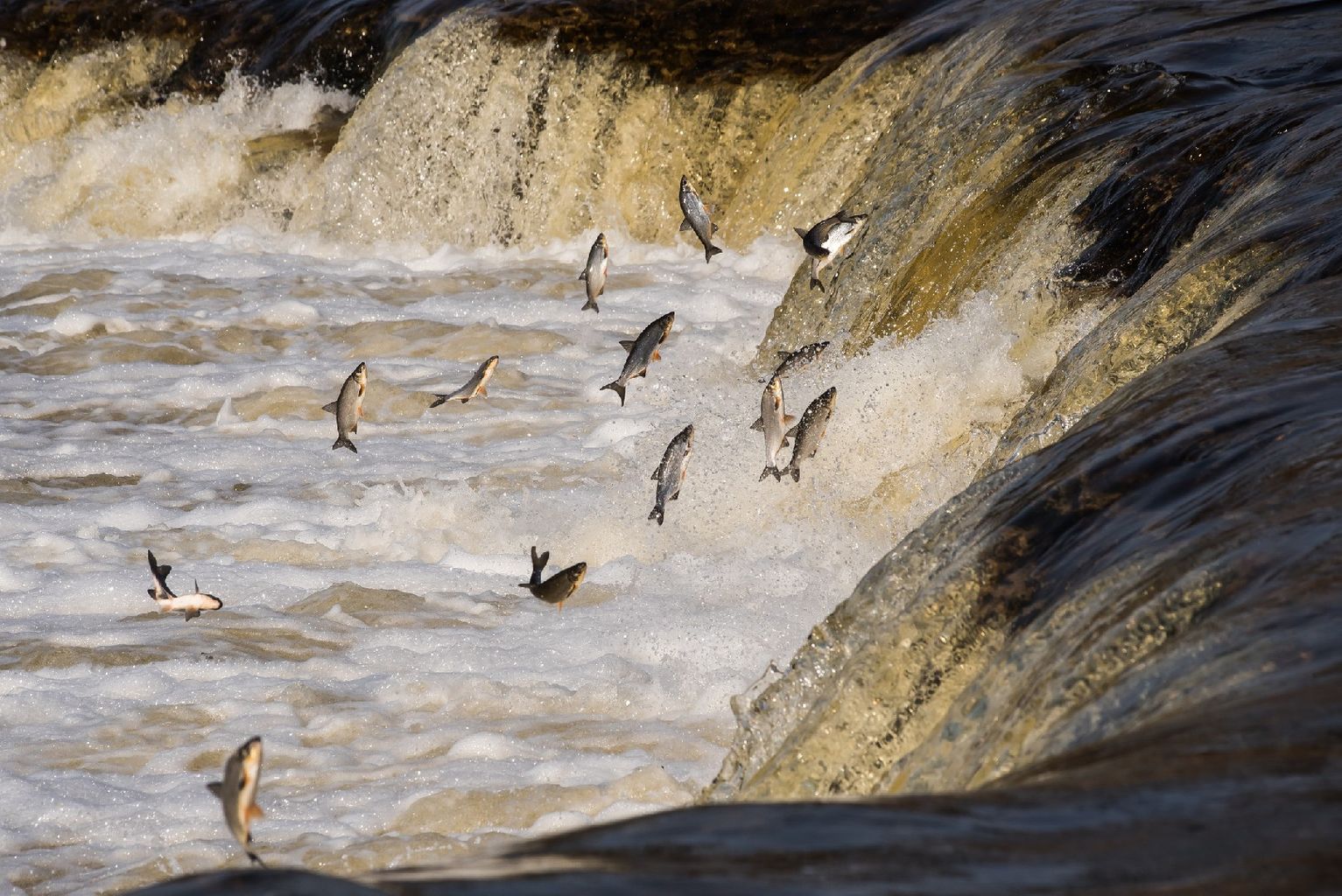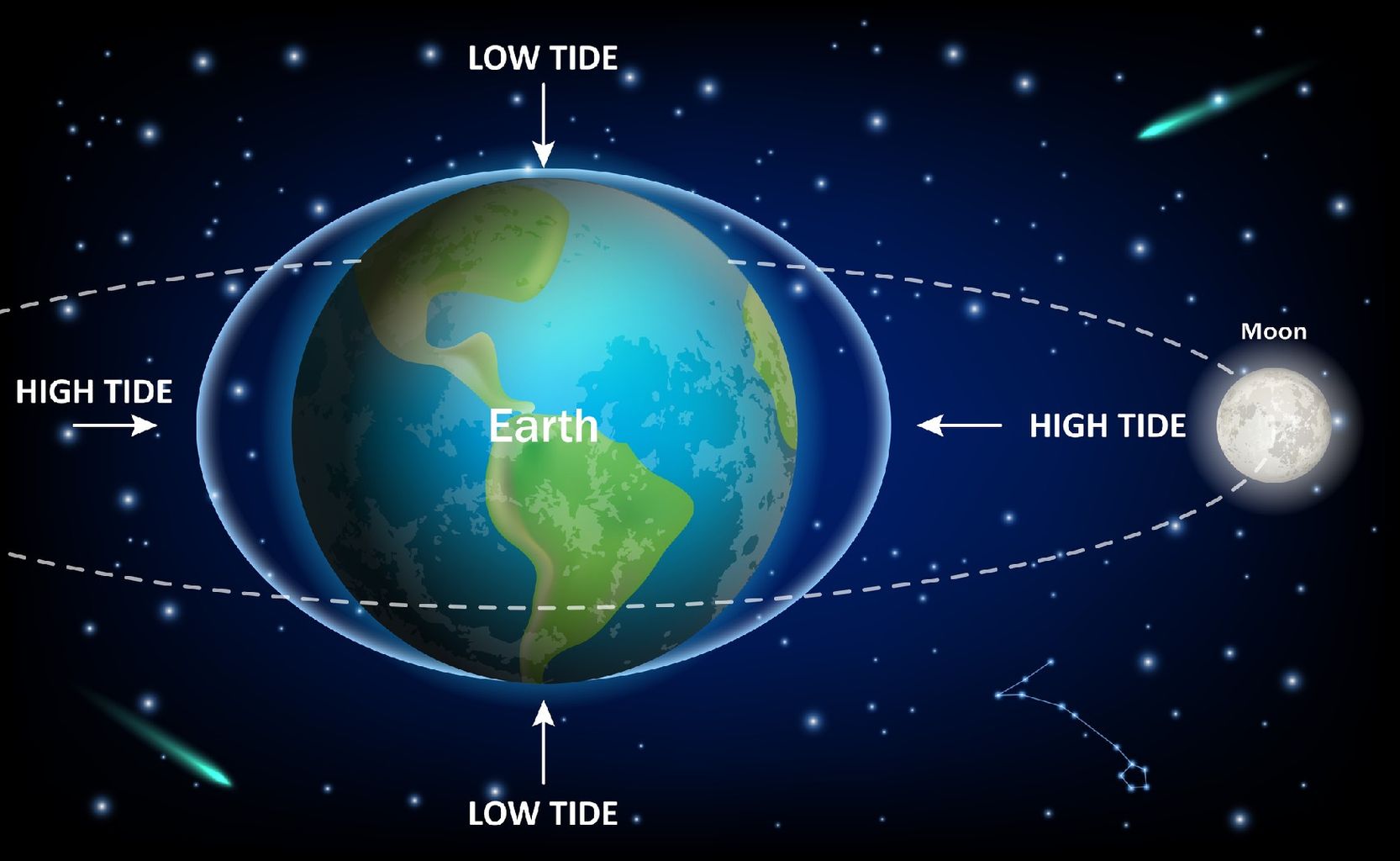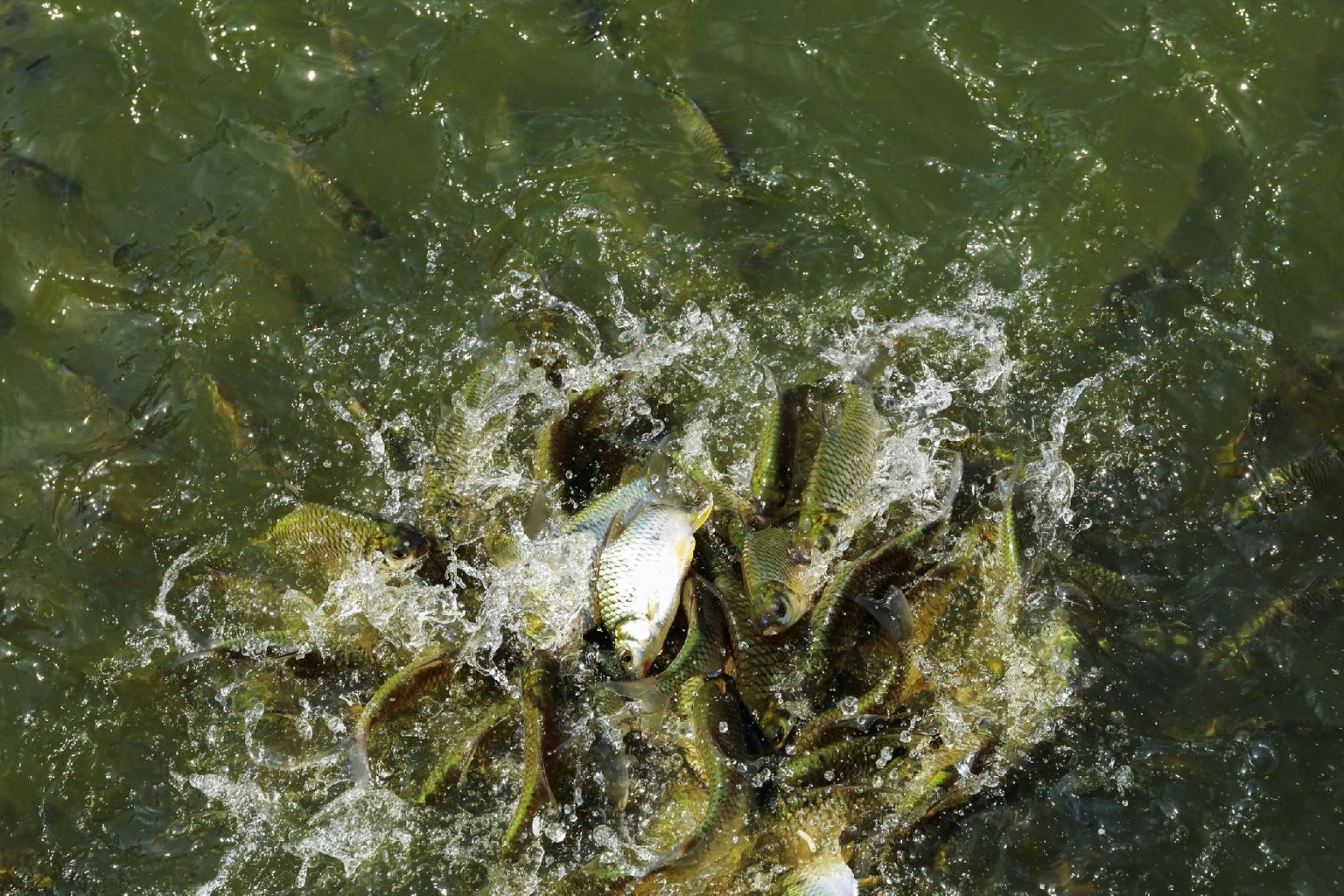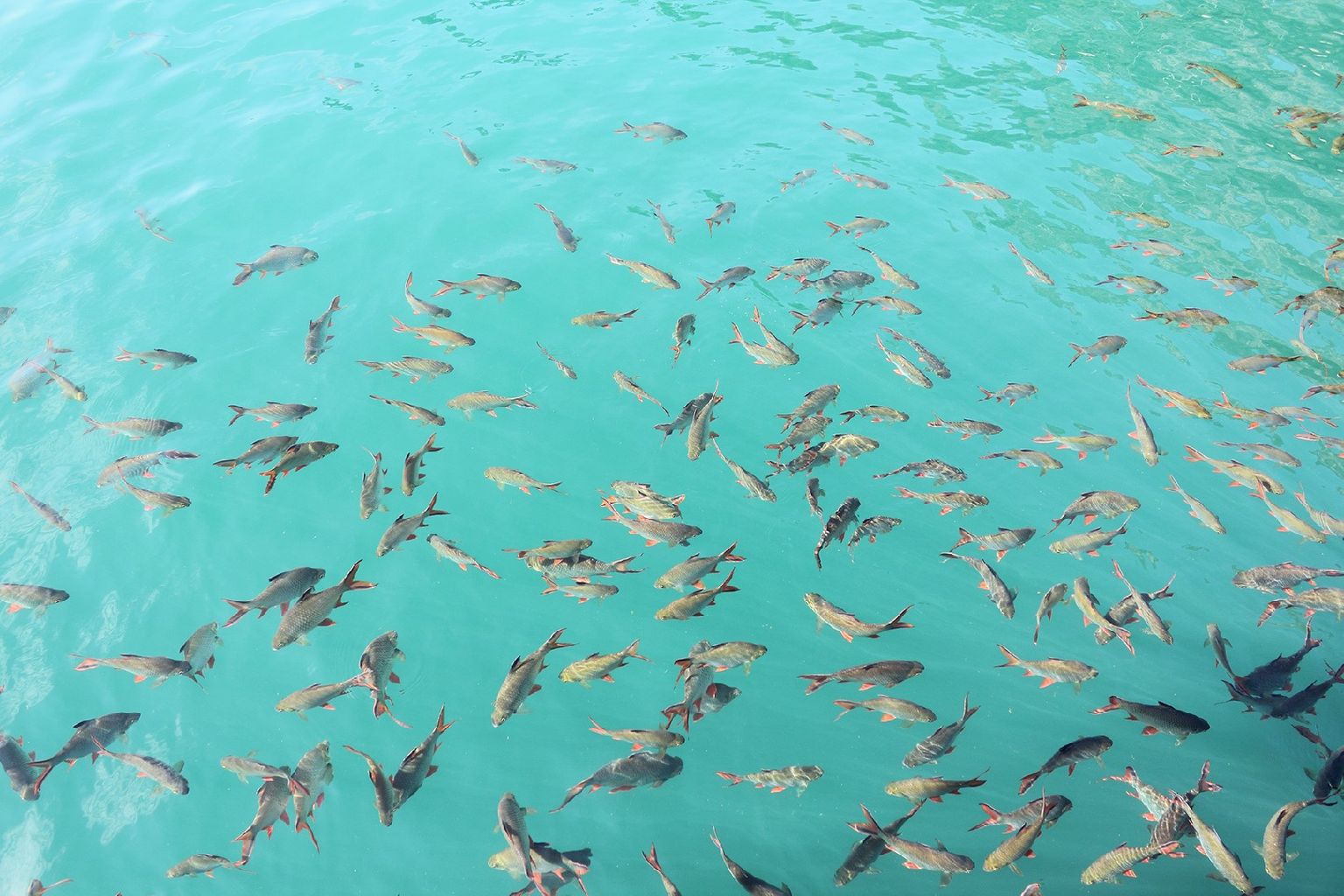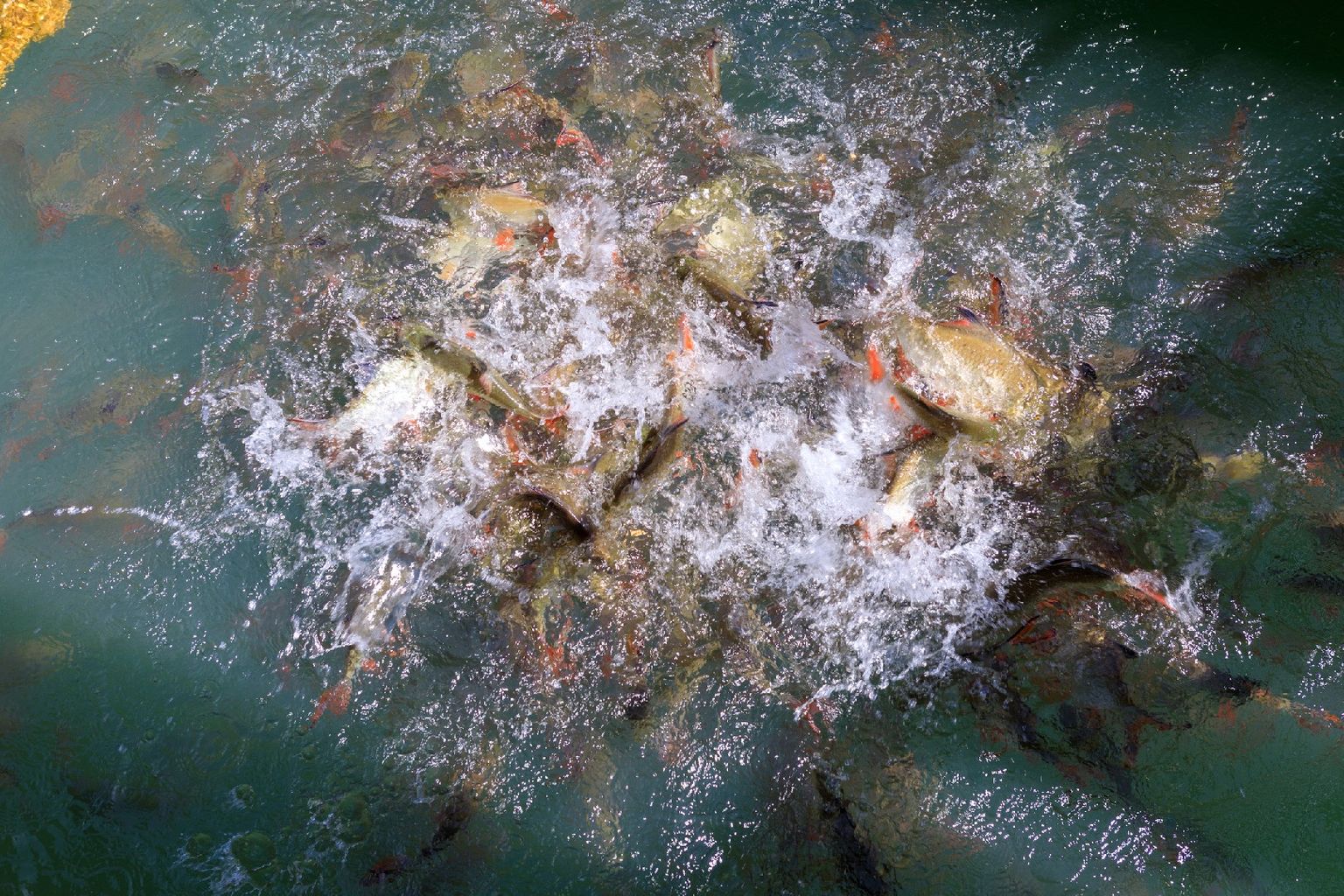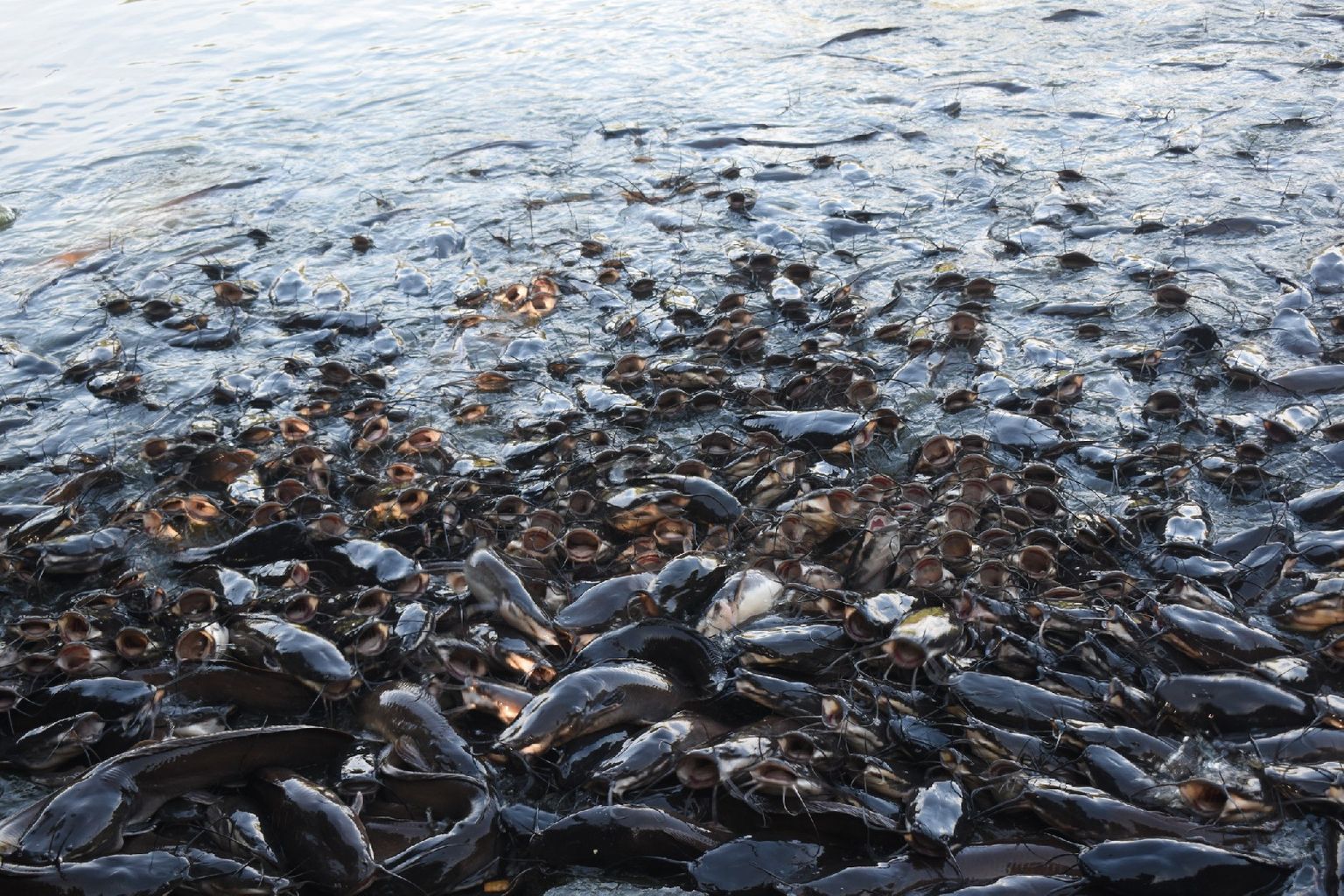Just as night and day guide the quotidian routines of terrestrial creatures, the ebb and flow of tides shape the lives of ocean dwellers. For game fishermen, recognizing these natural rhythms can dial up the joie de vivre of their angling pursuits. This article explores how tides affect fish, and how to use this knowledge to enhance your fishing activities.
